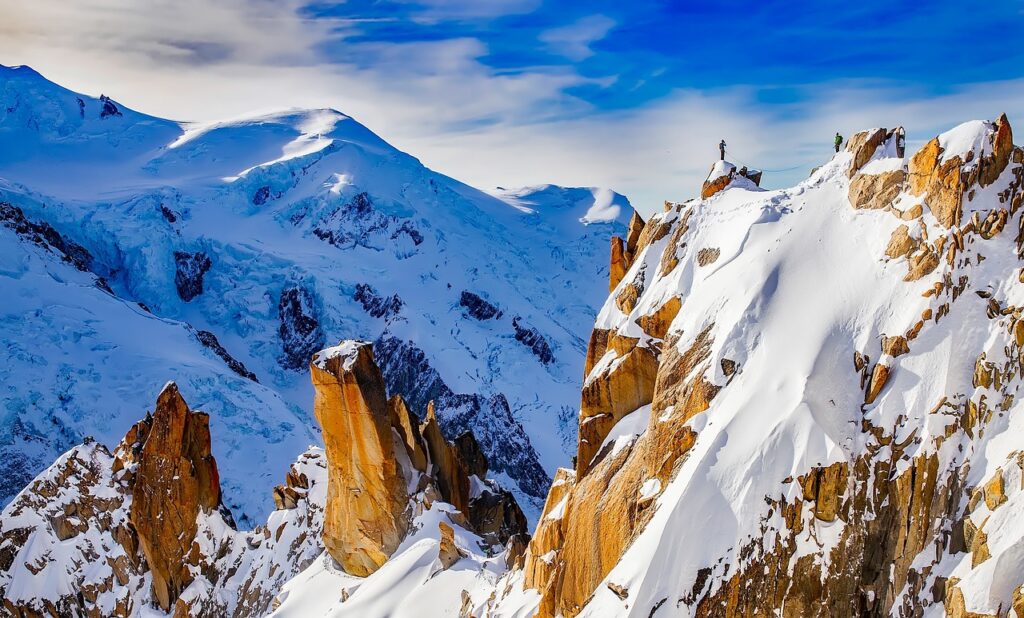Latest Painting Directory Arcyhist: A Systematic Map
1. Periodization—Divide and Conquer
Prehistoric to Ancient: Art as ritual, storytelling, or power—cave painting, sculpture, ceramics (Lascaux, Egyptian tombs, Greek vases). Medieval: Iconography, gold leaf, and religious discipline—Byzantine, Romanesque, Gothic. Renaissance: Perspective, anatomy, and humanism; oil innovations and rigorous commissions (da Vinci, Michelangelo, Altdorfer). Baroque to Rococo: CounterReformation drama, light, and movement (Caravaggio, Rembrandt, Fragonard). Modern to Contemporary: Impressionism, Cubism, Abstract, Pop, Street Art—discipline drifts, concept and critique rise.
The latest painting directory arcyhist logs by year, region, and intent—routine beats romantic myth.
2. Movements and Context
Every movement is a reaction—Impressionism against academic form, Cubism against natural perspective, Pop against seriousness. Context: political, economic, and technological shifts (printing, photography, digital) drive new forms, materials, and routines.
Audit every change: what did they keep, what did they destroy, what did the new routine solve?
3. Technique Evolution
Every major advance is process—tempera to oil, charcoal to graphite, pigment to synthetic dye, bergamot to spray paint. Disciplined methods: underpainting, glazing, alla prima, collage, mixed media all require their own technical logs.
The latest painting directory arcyhist tracks method alongside chronology—each is an audit point.
4. Artists as Systems Engineers
Greatness doesn’t mean working alone—workshops, apprenticeships, and studios formalize skill transfer. Masters build routines: Da Vinci’s sketchbooks, Turner’s color studies, de Kooning’s wipe and layer. Recognition is routine: salon wins, critical reviews, exhibition history.
For every “genius,” there’s a calendar and workflow.
5. Curation and Exhibition Discipline
Artworks survive by audit—labels, catalogues, movement records, insurance, and conservation logs. The latest painting directory arcyhist logs every show, transport, sale, and restoration for accountability. Display is optimized: light, space, and layout all determined by evidence of what enhances or destroys.
Curators are as disciplined as the artists they elevate.
6. Art Market, Industry, and Provenance
Artwork becomes asset—auction, gallery, and dealer systems require rigid logs of sales, authenticity, and value assessment. Forgery, theft, and restitution all run on audit trails; no paperwork, no resale, no museum showing.
Routine checks crush scandal.
7. Criticism, History Writing, and Revision
Critique is more than taste—comparison, formal analysis, and context research. Historians update with every discovery—new archive, scientific method, or digital scan. Latest painting directory arcyhist supports continuous enrichment: new essays, attributions, conservation records.
History is never static; every update strengthens the field.
8. Digital and Contemporary Routines
Databases, digital exhibitions, and AR/VR overlay now standard in major collections. Log every online view, virtual loan, and catalog revision—no record, no credibility. Emerging discipline: blockchain for provenance, AI for search and typocheck.
Routine adapts—platform changes, audit remains.
Typical Art Historical Routine: The Archetype
Define period/movement/theme for research or show. Gather data: artists, works, schools, context, method. Analyze change, link to context or innovation. Document routine—for artist (process), for curator (handling), for critic (review log). Update: revise records and catalogs for every new discovery, exhibition, or sale.
Pitfalls to Banish
Romanticizing single pieces or stories without documentation. Ignoring context: no art exists without the push and pull of history. Overlooking routine: what isn’t tracked isn’t taught or remembered.
For Students and Enthusiasts
Use the latest painting directory arcyhist to build your own timeline, log, or comparison chart. Study by era, then by crisis—who adapted, who didn’t, and why. Audit your knowledge: check which facts, trends, or artist routines are outdated.
For Collectors and Curators
Log every acquisition, exhibition, and intervention. Demand paper trail—provenance is value. Rotate and audit both collection and public display.
For Artists
Build and track your own routine: sketches, studies, process, and display audits. Learn from every major period: what routines survived to be taught centuries later?
Conclusion
Art history is process, not just a parade of names and styles. The latest painting directory arcyhist shows the backbone: time, method, log, review, and disciplined adaptation, decade by decade. To last and learn, outaudit, outedit, and outorganize every cycle. Routine, not romance, is the secret weapon of every great artist, curator, or historian. Outlast by structure—let history reward your habits.
